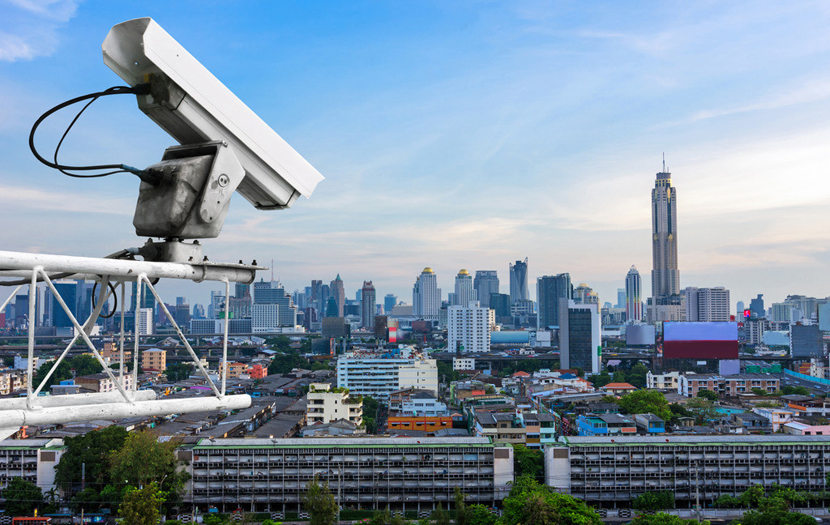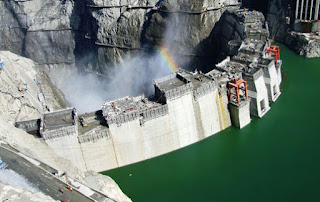Domes vs. Fixed Cameras: What is better for urban surveillance?
Surveillance cameras for urban security are everywhere. As the number of installed equipment grows, at the same time, the discussion about the model to be chosen increases to guarantee the best capture in real time and to prevent crimes. At this point, one of the dilemmas that most occupy security and surveillance experts is whether to install domes or fixed cameras.

According to some installers, domes offer many advantages for security surveillance in urbanized areas. The possibility of zooming in, general panning of corners and blocks, software management, among other functions, provide the guard with a wide range of possibilities that position the domes in front of the fixed cameras. But other installers say that the installation of fixed cameras in watertight cabinets is much more effective because the domes usually monitor one sector leaving others without capturing at the same time.
Also with the value of a dome can be placed several fixed cameras, with lower maintenance cost because with the price of a dome enough cameras are bought so that nothing is lost, resigning some depth or scope, but that everything important, such as crossing streets, exits from banks, financial or businesses, could cover perfectly well and without dead zones 100 × 100 of every second.
In the corner of high traffic, some installers advise configuring the dome in an automatic route instead of wide angle. In this way, for example, four intersections can be approached, and if necessary, manual control for a greater range is passed. In contrast to the domes, those who prefer fixed cameras ensure that maintenance and replacement would be minimal, there would be very few cameras out of service, and nothing would be lost. Another point is that the fixed dome cameras to operate simultaneously depend on the supervision of an operator that is attending the supervised area.
Trend: Mix of fixed cameras with video and domes analysis with trained personnel attention
"Nothing replaces the trained personnel ", that is the phrase most heard among installers. From another point of view, security experts say that the "advantages" of a dome can be discussed based on good security practices or the principle of psychological operation against the external adversary.
A perfectly installed dome will only require annual preventive maintenance as there are safety standards that seek the least technical intervention to reduce the risk of sabotage or vandalism by the internal adversary.
The dome is rather seen as a complement to the fixed camera and will be used in terms of supervision and deterrence in a security surveillance scheme. The trend in video surveillance is a mix of fixed cameras with video analysis and domes with the attention of trained personnel. Here is a great truth: it is very common to evaluate the costs but not the benefits, more precisely what are the advantages of an alternative "dome" and another "fixed" alternative.
In some cities, the monitoring centers chose to cover the monitored area with domes complemented with fixed dome cameras. Some technicians who dedicate themselves to urban installations confirm that criterion: in the corners of the central areas, fixed cameras are installed, visualizing the four intersections and a dome. The criterion here is that the solitary dome is a waste and also an "expensive" investment.

According to some installers, domes offer many advantages for security surveillance in urbanized areas. The possibility of zooming in, general panning of corners and blocks, software management, among other functions, provide the guard with a wide range of possibilities that position the domes in front of the fixed cameras. But other installers say that the installation of fixed cameras in watertight cabinets is much more effective because the domes usually monitor one sector leaving others without capturing at the same time.
Also with the value of a dome can be placed several fixed cameras, with lower maintenance cost because with the price of a dome enough cameras are bought so that nothing is lost, resigning some depth or scope, but that everything important, such as crossing streets, exits from banks, financial or businesses, could cover perfectly well and without dead zones 100 × 100 of every second.
In the corner of high traffic, some installers advise configuring the dome in an automatic route instead of wide angle. In this way, for example, four intersections can be approached, and if necessary, manual control for a greater range is passed. In contrast to the domes, those who prefer fixed cameras ensure that maintenance and replacement would be minimal, there would be very few cameras out of service, and nothing would be lost. Another point is that the fixed dome cameras to operate simultaneously depend on the supervision of an operator that is attending the supervised area.
Trend: Mix of fixed cameras with video and domes analysis with trained personnel attention
"Nothing replaces the trained personnel ", that is the phrase most heard among installers. From another point of view, security experts say that the "advantages" of a dome can be discussed based on good security practices or the principle of psychological operation against the external adversary.
A perfectly installed dome will only require annual preventive maintenance as there are safety standards that seek the least technical intervention to reduce the risk of sabotage or vandalism by the internal adversary.
The dome is rather seen as a complement to the fixed camera and will be used in terms of supervision and deterrence in a security surveillance scheme. The trend in video surveillance is a mix of fixed cameras with video analysis and domes with the attention of trained personnel. Here is a great truth: it is very common to evaluate the costs but not the benefits, more precisely what are the advantages of an alternative "dome" and another "fixed" alternative.
In some cities, the monitoring centers chose to cover the monitored area with domes complemented with fixed dome cameras. Some technicians who dedicate themselves to urban installations confirm that criterion: in the corners of the central areas, fixed cameras are installed, visualizing the four intersections and a dome. The criterion here is that the solitary dome is a waste and also an "expensive" investment.

Comments
Post a Comment